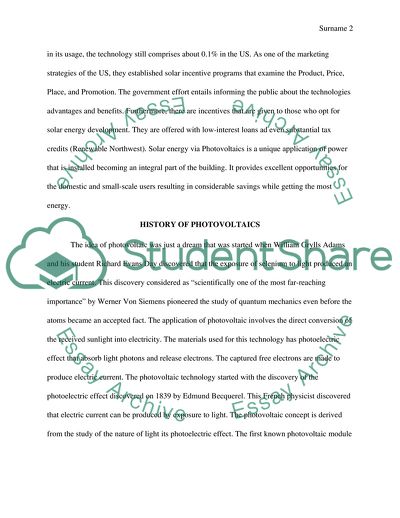Cite this document
(Photovoltaic: Environmental Impact and Feasibility Term Paper, n.d.)
Photovoltaic: Environmental Impact and Feasibility Term Paper. https://studentshare.org/environmental-studies/1863627-photovoltaics-environmental-impact-and-feasibility
Photovoltaic: Environmental Impact and Feasibility Term Paper. https://studentshare.org/environmental-studies/1863627-photovoltaics-environmental-impact-and-feasibility
(Photovoltaic: Environmental Impact and Feasibility Term Paper)
Photovoltaic: Environmental Impact and Feasibility Term Paper. https://studentshare.org/environmental-studies/1863627-photovoltaics-environmental-impact-and-feasibility.
Photovoltaic: Environmental Impact and Feasibility Term Paper. https://studentshare.org/environmental-studies/1863627-photovoltaics-environmental-impact-and-feasibility.
“Photovoltaic: Environmental Impact and Feasibility Term Paper”. https://studentshare.org/environmental-studies/1863627-photovoltaics-environmental-impact-and-feasibility.


